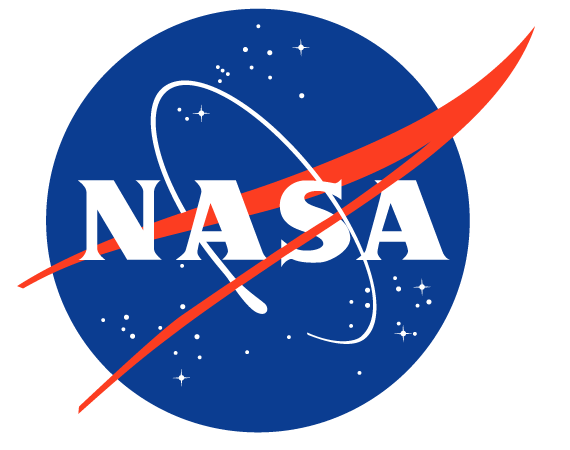Part 1 of 2 Parts
The Trump administration is working on the legal framework for mining on the Moon under a new U.S. sponsored international agreement that they call the Artemis Accords. This effort is part of the U.S. push to acquire allies for NASA plans to put a permanent manned colony on the Moon as well as space stations near the Moon within the next decade. The U.S. civilian space agency is playing a growing role in implementing U.S. foreign policy. The draft proposal for the Accords has not yet been shared with U.S. allies.
The Trump administration and other countries that have national space programs view the Moon as a key strategic asset in outer space. The Moon also has great value for long-term scientific research that could help pave the way for future missions to Mars. Currently, activities on the Moon are governed by what many consider to be international space law that many see as outdated.
The Artemis Accords are named after NASA’s new Artemis Moon program. They suggested that proposed “safety zones” could be put into place around future Moon bases in order to prevent damage or interference from rival countries or companies operating nearby. The Accords also are intended to provide a framework under international law for companies to own the resources that they mine.
In the near future, U.S. officials intend to open formal negotiations on the accords with space partners such as Canada, Japan, and European countries, as well as the United Arab Emirates. These are countries that the U.S. believes share the same interests as the U.S. in lunar mining.
While Russia is currently a major U.S. partner in the international Space Station, it will not be an early partner in the adoption of the Accords. The U.S. Pentagon increasingly views Russia as hostile because lately they have been maneuvering their satellites to approach U.S. spy satellites in Earth orbit.
The U.S. is currently a member of the 1967 Outer Space Treaty. U.S. officials view the idea of “safety zones” as an implementation of one of the highly debated articles of the Treaty. The Treaty states that celestial bodies including the Moon are “not subject to national appropriation by claim of sovereignty, by means of use or occupation, or by any other means.”
The suggested “safety zones” would vary in size depending on the operation being carried out at the chosen site. They would allow coordination between space actors without technically claiming territory as sovereign. One source said anonymously that, “This isn’t some territorial claim. The idea is if you are going to be coming near someone’s operations, and they’ve declared safety zones around it, then you need to reach out to them in advance, consult and figure out how you can do that safely for everyone.”
I have a concern that this “not technically sovereign” idea is just a semantic game. If a nation says that a particular area of the surface of the Moon is under their control and that other nations cannot enter it or exploit any resources in the area without the permission of the declared user of that area, it is a sovereign territorial claim regardless of what they call it.
Please read Part 2
